FROZEN BEEF SHANK
Unleash the Deep Flavors: Cooking with Frozen Beef Shank
Beef shank, the cut from the upper part of the legs of a cow, is a hard-working muscle loaded with connective tissue. While that might not sound immediately appealing, it’s precisely what makes this cut a culinary powerhouse. When cooked low and slow, that connective tissue breaks down, transforming into rich, gelatinous goodness that infuses the meat with incredible flavor and leaves it fork-tender. And the best part? You can achieve this magic starting with a frozen beef shank!
Many home cooks shy away from frozen meat, but freezing doesn’t diminish the potential of a beef shank. In fact, it can be a lifesaver when you’re planning a long-cooked meal and haven’t had time to visit the butcher. Here’s how to unlock the deep, satisfying flavors of frozen beef shank:
Why Choose Beef Shank?
Before diving into the how-to, let’s appreciate the “why.” Beef shank offers:
Rich Flavor: The abundance of bone marrow and connective tissue contributes to an incredibly deep, beefy flavor that’s unmatched by leaner cuts.
Gelatinous Texture: Once cooked down, the connective tissue transforms into a silky, luxurious sauce that coats the meat.
Cost-Effective: Beef shank is typically more affordable than other braising cuts like short ribs, making it a budget-friendly option for a gourmet meal.
Versatility: Beef shank shines in various dishes, from classic Osso Buco and stews to rich ragus and flavorful broths.
The Art of Cooking Frozen Beef Shank:
The key to success with frozen beef shank lies in patience and proper technique. Here’s a breakdown:
1. Thawing (Optional but Recommended):
While you can cook a beef shank from frozen, thawing it partially or completely will improve the final texture and reduce cooking time. Here are your options:
Refrigerator Thawing (The Best Approach): This is the safest method. Place the frozen shank in a bowl or on a plate (to catch any drips) and let it thaw in the refrigerator. This can take 24-48 hours, depending on the size of the shank.
Cold Water Thawing (Faster but Requires Attention): Place the shank in a leak-proof bag and submerge it in a bowl of cold water. Change the water every 30 minutes to keep it cold. A shank should thaw in about 2-3 hours using this method. Never use hot water, as this can promote bacterial growth.
Cooking from Frozen (Last Resort): If you’re short on time, you can cook the shank directly from frozen. However, be prepared for a significantly longer cooking time (potentially double).
2. Preparing the Shank:
Pat it Dry: Whether thawed or still partially frozen, pat the shank dry with paper towels. This will help it brown better.
Season Generously: Season the shank liberally with salt and pepper. Don’t be shy! The salt will help draw out moisture and enhance the flavor. You can also add other seasonings like garlic powder, onion powder, paprika, or dried herbs.
3. Searing (Essential for Maximum Flavor):
Searing the shank is crucial for developing a rich, flavorful crust and building the foundation for your dish.
Heat Your Oil: Heat a generous amount of oil (olive oil, vegetable oil, or a combination) in a heavy-bottomed pot or Dutch oven over medium-high heat. The oil should be shimmering but not smoking.
Sear on All Sides: Carefully place the shank in the hot pot and sear it on all sides until deeply browned. This will take about 5-7 minutes per side. Work in batches if necessary to avoid overcrowding the pot.
4. Braising – The Magic Happens Here:
Braising is the slow cooking process that transforms the tough shank into tender perfection.
Remove the Shank: Once the shank is browned, remove it from the pot and set it aside.
Sauté Aromatics: Add chopped onions, carrots, and celery (mirepoix) to the pot and sauté until softened, about 5-7 minutes. Add minced garlic during the last minute of cooking.
Deglaze the Pot: Pour in a liquid, such as red wine, beef broth, or a combination of both, and scrape the bottom of the pot to loosen any browned bits (fond). This adds incredible flavor to the sauce.
Add Remaining Ingredients: Return the shank to the pot. Add any remaining ingredients for your recipe, such as crushed tomatoes, herbs (bay leaf, thyme, rosemary), and spices.
Bring to a Simmer: Bring the liquid to a simmer, then cover the pot tightly.
Braise Low and Slow: Reduce the heat to low and braise the shank for 3-4 hours (or longer if cooking from frozen) or until the meat is fork-tender and easily pulls away from the bone. Check the liquid level periodically and add more broth or water if needed.
5. Finishing Touches:
Remove the Shank: Carefully remove the shank from the pot.
Shred the Meat: Shred the meat using two forks, discarding any large pieces of bone or gristle.
Reduce the Sauce (Optional): If the sauce is too thin, you can reduce it by simmering it uncovered over medium heat until it reaches your desired consistency.
Be the first to review “FROZEN BEEF SHANK” Cancel reply
Related products
Frozen Beef
Frozen Beef
Frozen Beef
Frozen Beef
Frozen Beef
Frozen Beef
Frozen Beef
Frozen Beef


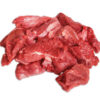

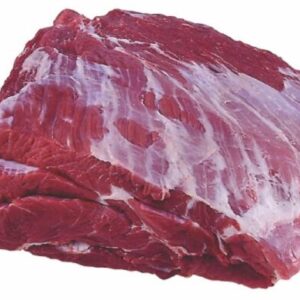
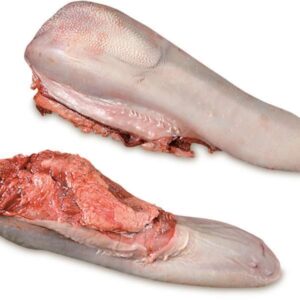

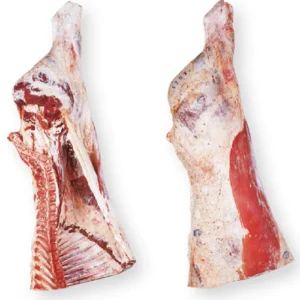
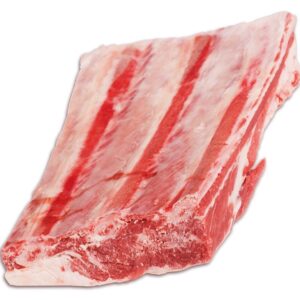


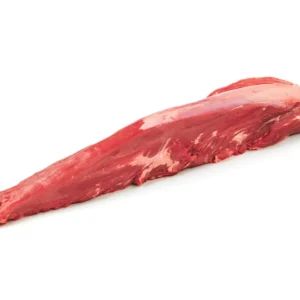
Reviews
There are no reviews yet.